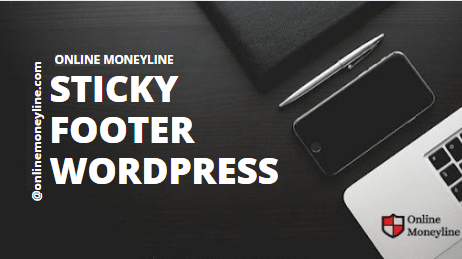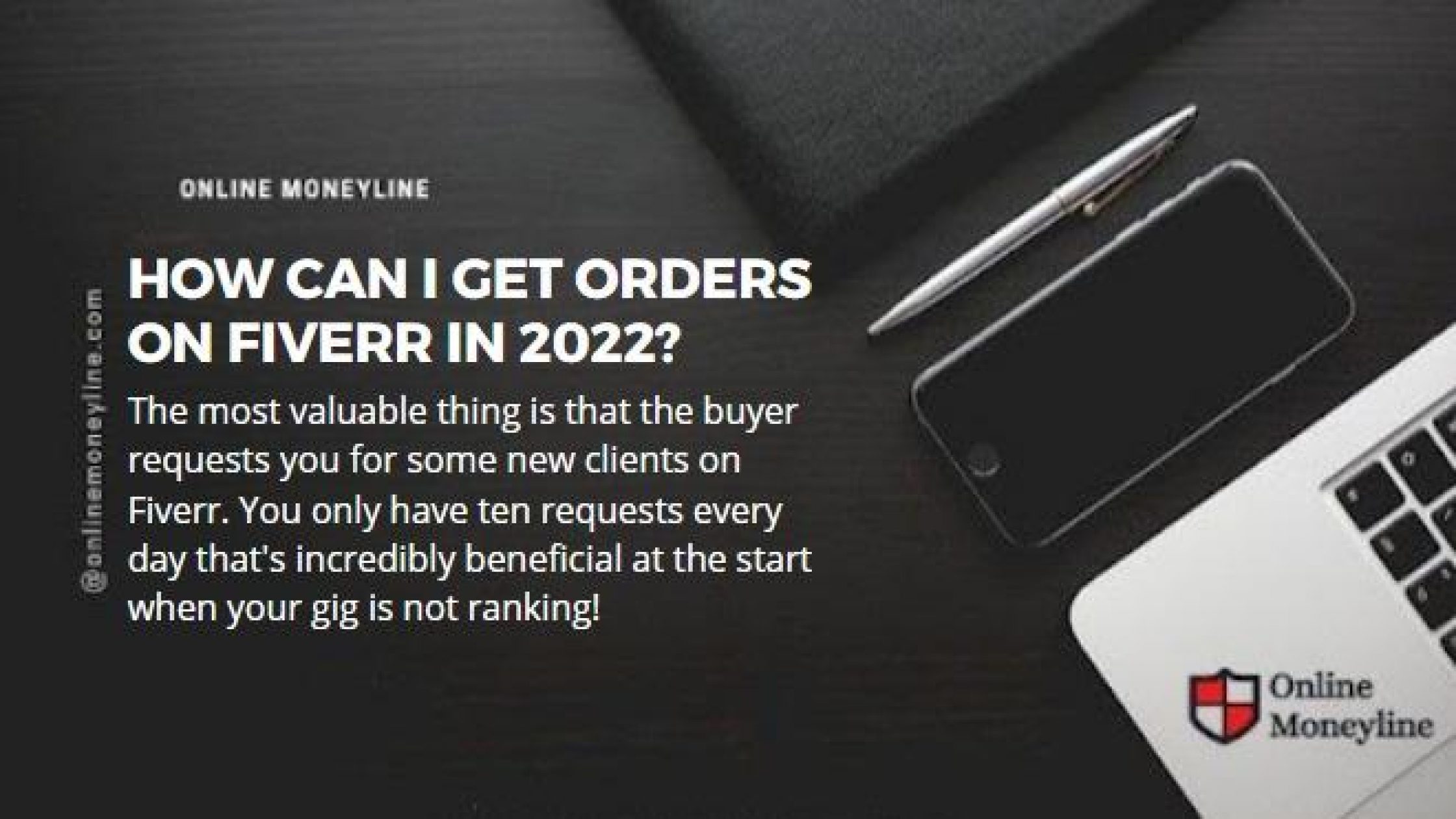WordPress is an incredibly flexible platform that allows you to quickly and easily create websites. There are many different ways to customize your site, including adding plugins, widgets, and themes.
Some of the best tools for creating sticky elements are free and built right into WordPress. You can also use a simple plugin like Sticky Elements to add sticky elements to your site.
What Are Sticky Footers?
Sticky Footers are great when you need to keep your content at the bottom of the page. There are two main types of sticky footers: fixed and resizeable.
- Fixed Sticky Footers are fixed to the bottom of the browser window.
- Resizable Sticky Footers allow you to resize them to any size. Both types of sticky footer require JavaScript.
Sticky footers allow you to prominently display your content to users. Users will always see your content when they scroll down the page. Sticky footers are great for driving traffic to other pages on your site.
Fixed Footer
A “fixed footer” is a menu bar that stays put at the bottom of the page. It is usually made up of links, although sometimes it will contain other elements like social media buttons.
A fixed footer is useful when there are multiple sections on a single page. For example, if you have an About Us section and then contact us with a link, you might want to keep those two separate.
You could also have a footer that contains links to different areas within your site.
Can I Activate The Footer Bar For Mobile Devices Only?
You can also add an extra condition to show the menu only if the user browses your site from a mobile device. To do that, inside the “to_show_menu_for_mobile_devices_yes” field, you will need to write “yes”. That’s it!
Method 1: Install And Activate The Fixed Bottom Menu Plugin
If you wish to add an image to your bottom bar, you can use any image. If you choose an image, it will appear at the top right corner of your screen. If you choose a link, it will take you to another website. Icons are available for purchase from Icon Finder.
If you’re using the default theme, then you’ll need to change the max-width property in the style.css file. If you’re not using the default theme, you should probably just stick with the ones that are already coded for WP.
There are two ways to fix a footer bar on a page:
- either you put a fixed position element at the bottom of the page, or
- you add a class to the body tag.
If you choose the first option, then you should also give the footer an ID, like a footer. Then you can style the footer using CSS.
Method 2: Use The WPFront Notification Bar Plugin
To get the floating footer bar working, you need to add a few lines of code. Search for ‘positioning’ and install it. After installing it, go back to your theme’s functions.php file and paste the following code:
Display on mobile devices: If you only want the bar on mobile devices, select “mobile” here. You can enable it for all devices or just mobile phones. To add a message to the footer bar, type your message in the text box below.
For example, “Manager Special: 25% off selected items.” Then click the blue button to save your changes.
The “View Deals” text can be placed within an HTML link that links to a sales or deals page on your site. This will allow you to track clicks on the link to see if users are interested in what you’re offering.
Can I Have Different Styles?
You can choose between two styles, one that looks like an app and another that looks like a website. You can also change the colors of the buttons.
Is The Footer Compatible With Mobile Devices?
The footers are perfect for all mobile devices. Their design allows them to be easily displayed on any screen size. We chose to limit the number of buttons because we wanted to keep the footer simple and easy to read.




